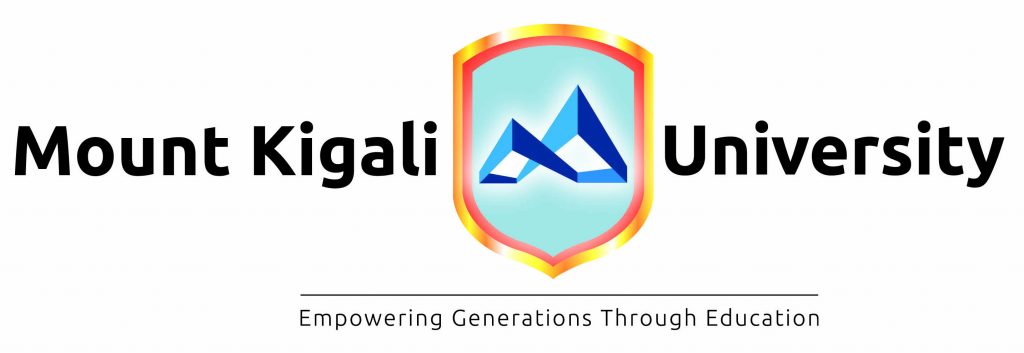The media industry is undergoing a major transformation. Through machine learning, image and video generation, AI has become integrated into content creation, distribution, and personalization. This shift began in the early 2010s but accelerated rapidly in the 2020s across online platforms, newsrooms, social media, advertising agencies, and entertainment studios.
Media professionals like journalists, filmmakers, editors, and content creators have integrated AI to increase efficiency and speed in media production.
AI’s impact on employment
AI is increasingly replacing human workers in tasks that can be automated. For example, in design companies, factories, customer services, and even journalism, machines and algorithms are taking over repetitive or data-driven tasks like data entry, email sorting, appointment scheduling, and more.
While this boosts efficiency, it can lead to unemployment, especially for workers with low or mid-level skills. Goldman Sachs estimates that AI may replace 300 million jobs globally, representing 9.1% of all jobs worldwide.
The World Economic Forum’s 2025 Future of Jobs report found that 41% of employers worldwide intend to reduce their workforce due to AI in the next five years. As AI systems become more advanced, even jobs in law, education, and healthcare could be at risk.
Creativity
As AI becomes more embedded in daily life, there’s a growing risk of depending too much on machines. AI-powered tools are now capable of generating news articles, scripts, music, video summaries, and even full, realistic animations. Creative tools like Dzine, Kling AI, and ChatGPT allow writers, animators, and designers to produce content faster, sometimes reducing weeks of work to just minutes.

A recent study revealed that 74% of newly created web pages in April 2025 include AI-generated content, with 71.7% being a blend of human and AI. Furthermore, 71% of social media images are now AI-generated. People may rely too much on AI for decision-making, creativity, or problem-solving, ignoring the fact that this also weakens human skills like critical thinking, emotional intelligence, and authenticity.
Deepfakes
AI can generate fake content, such as altered images, fake news articles, and even realistic-looking videos of people saying things they never said or appearing in places they have never been. This is known as deepfakes. These tools can be misused to spread misinformation, manipulate public opinion, or damage reputations.

The volume of deepfakes is exploding; projections suggest up to 8 million deepfake videos may be circulating by 2025, a dramatic increase from 500,000 in 2023. Deepfake fraud attempts surged by 3,000% in 2023, costing businesses nearly $500,000 on average in 2024. This makes it harder for people to know what’s true, as AI has become the eyes through which we experience reality.
Bias and discrimination
These AI systems learn everything from data, and if the data is corrupt, perhaps containing bias (based on race, gender, or class), AI can replicate and even amplify that bias. For example, facial recognition systems have been shown to work less accurately on people with darker skin tones. An MIT research paper found that facial analysis software shows an error rate of 0.8% for light-skinned men but 34.7% for dark-skinned women.
Privacy invasion
Platforms like Netflix, YouTube, Instagram, Snapchat, Facebook, Spotify, and many more rely on large amounts of personal data, such as our search histories and conversations, to function effectively. AI studies user behaviors and preferences to suggest content tailored to individual tastes.
This level of personalization keeps users engaged. In the world of journalism, readers are now shown news based on their preferences, location, reading, search history, and conversations. This leads to an invasion of privacy, where individuals may not be fully aware of how their data is being used, shared, or stored. A global consumer survey in 2023 found that 57% of consumers view the use of AI in collecting and processing personal data as a significant threat to their privacy.
Impact on ethics and security
The rapid advancements of AI have led to ethical and legal concerns. AI has been integrated into healthcare, raising the question: Can AI be morally accountable for making a harmful decision? Questions like this remain unanswered in many countries, which begs another question: Is AI safe to use?
These tools can be used effectively in cybercrimes, allowing hackers to easily hack systems faster than humans can. Phishing email volume has skyrocketed 4,151% since ChatGPT’s release, with attackers using large language models to craft convincing lures.
While AI brings many benefits, its negative impacts must not be ignored. To ensure a safe future, it is necessary to create moral guidelines and accountability in how AI is used. As Nobel Prize winner and “father of AI,” Geoffrey Hinton, stated, “All these short-term risks like job losses, biased algorithms, misinformation, and privacy concerns require forceful attention from governments and international organizations.”




